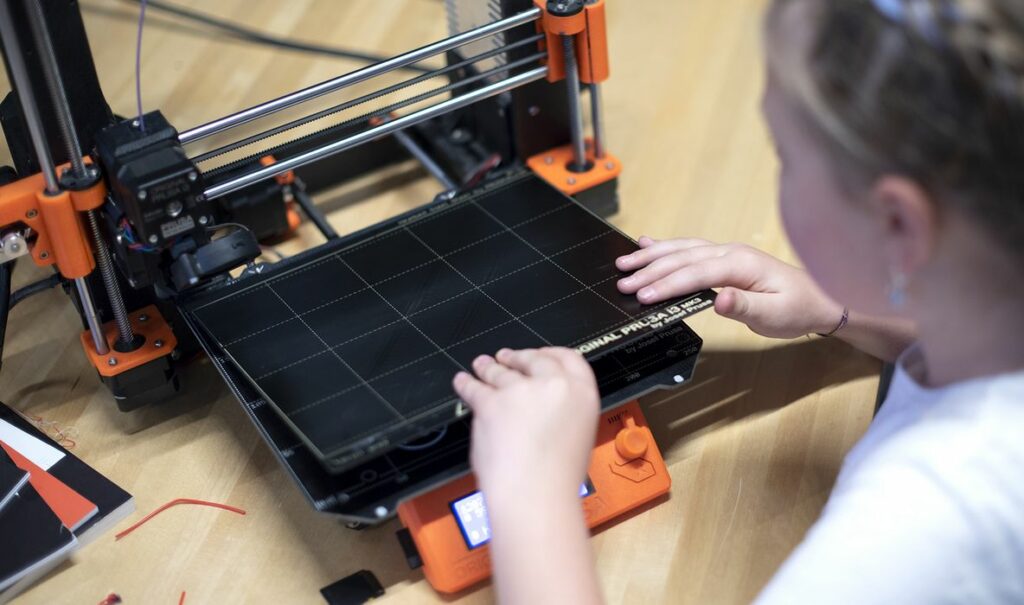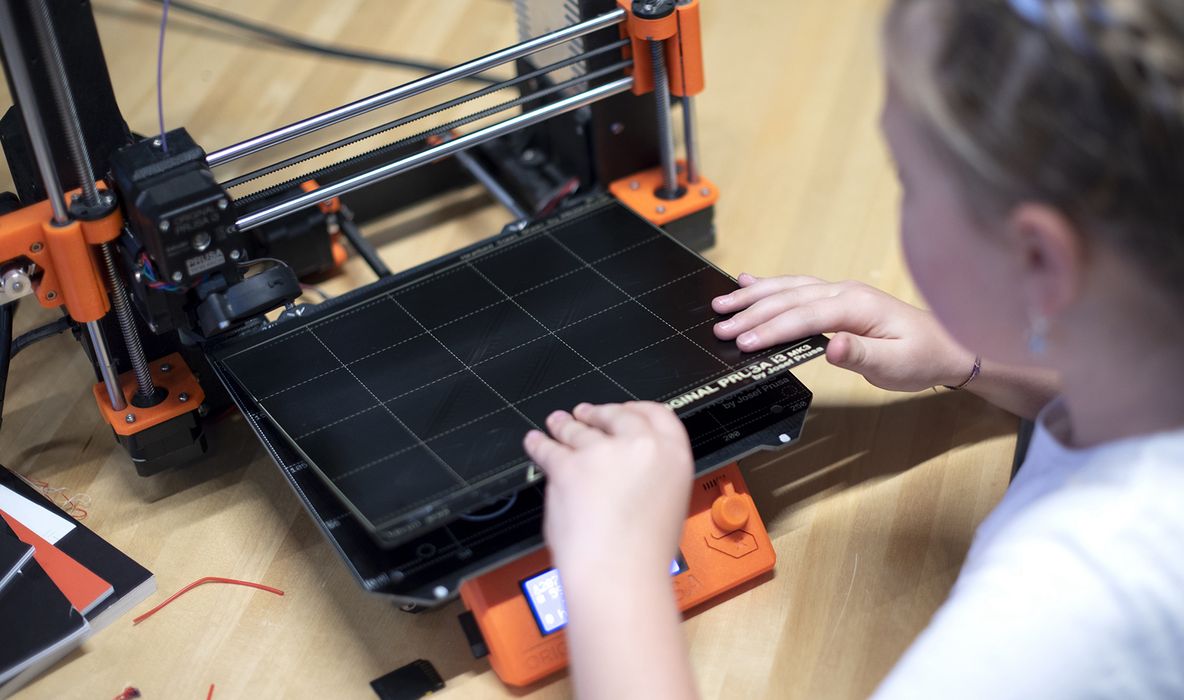
Prusa Research launched a new service, “Prusa Education”.
The new service actually isn’t new — the company had previously been running what now appears to be a pilot project in Czechia that encompassed 1800 schools. These participating organizations benefited from the program from its earliest days. Now, Prusa Research has decided to enable access to Prusa Education to any school on the planet.
The idea is to provide schools with better access to educational materials, as well as equipment, with a goal of increasing children’s knowledge of digital manufacturing.
What does a participating school receive? There are several benefits:
- Five percent discount on 3D printer purchases
- Entry into regularly scheduled 3D design contests, where prizes include 3D printers
- Access to educational projects at Printables.com (read and write)
- Lesson plans designed to help students learn 3D printing skills
- Support from 3D printing experts
There’s one more benefit that is quite interesting: there is no lock-in for consumables. Prusa Research equipment is entirely “open materials”, so it’s not like the company could force this to happen. However, it is different from many other educational programs offered by other vendors.
Typically participants in other programs find they are beholden to the supplier for materials, which can be priced at premium rates. In many cases, the equipment is literally designed to prevent use of any other materials. That makes some educational programs more expensive than expected, particularly if they are successful.
None of that will happen with Prusa Education, where participants are free to use whatever inexpensive materials they can source. Of course, Prusa Research will get a bump in sales of their own filament simply due to the familiarity of the educational institutions with their company as a result of participation. But there remains a choice for participants.
Prusa Research is also heavily leveraging their Printables.com website, where a rapidly growing collection of printable 3D models exists. This is similar to MakerBot’s approach of leveraging Thingiverse, which at the moment has far more 3D models than Printables.com. However, Printables is catching up rapidly.
Offering such a program to the world is a daunting task, as there are a staggering number of schools that could potentially participate in countless countries. Prusa Research will no doubt have to dedicate a number of staff to coordinate and provide the necessary service to them. But how will they make up the costs for all this effort?
I believe this is a massive move by Prusa Research to grow their sales and at the same time help an enormous number of students enter the world of digital manufacturing, some for the rest of their lives.
Prusa Research faces steep competition in coming years from Asian manufacturers, and the introduction of the Prusa Education program will certainly generate a significant amount of sales. Educational institutions will likely find working with Prusa Education more familiar than with Asian competitors, most of whom lack educational programs entirely. Prusa Education could very well become the dominant player in education due to the launch of this new program.
Via Prusa Education

